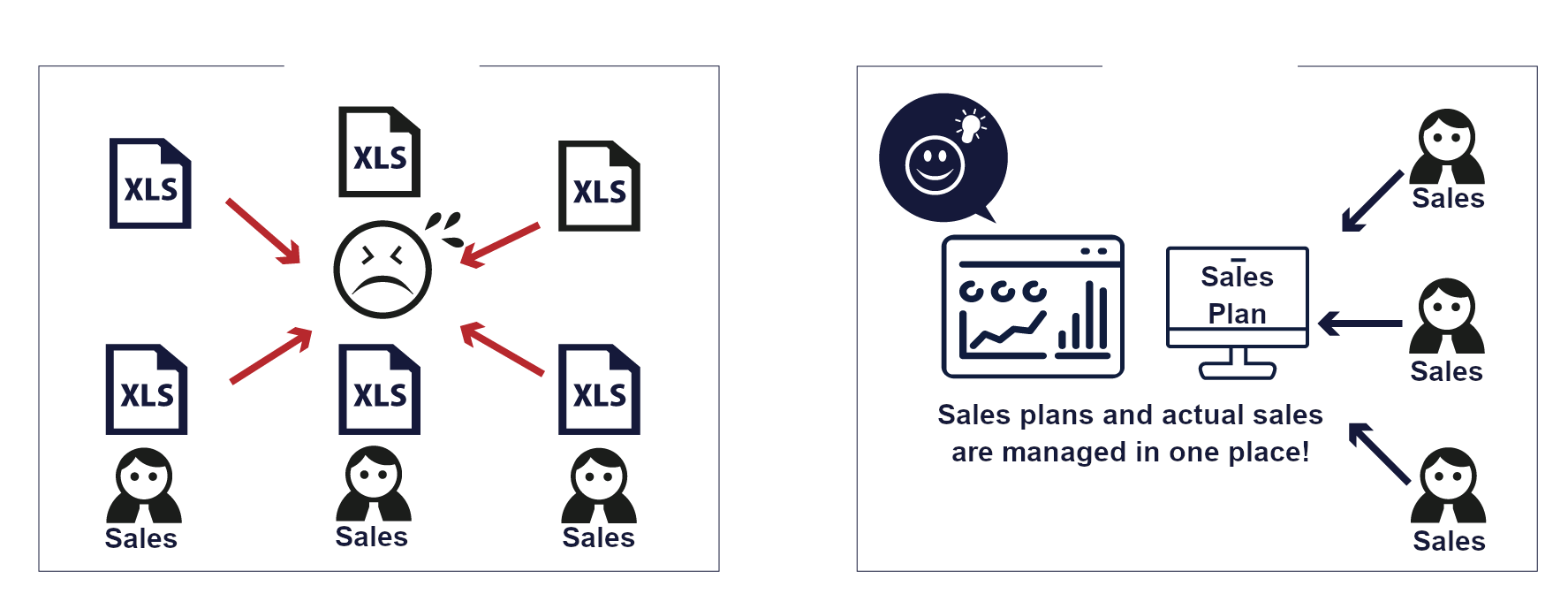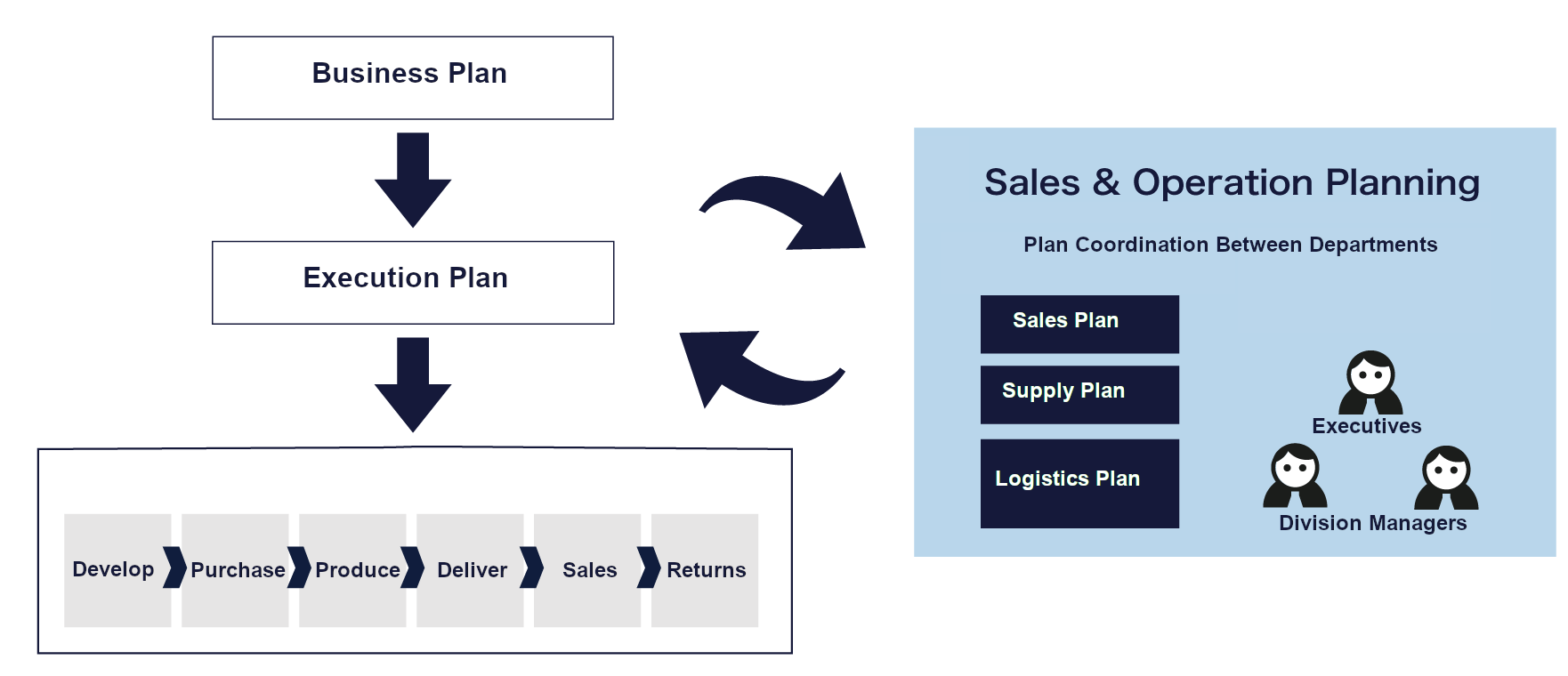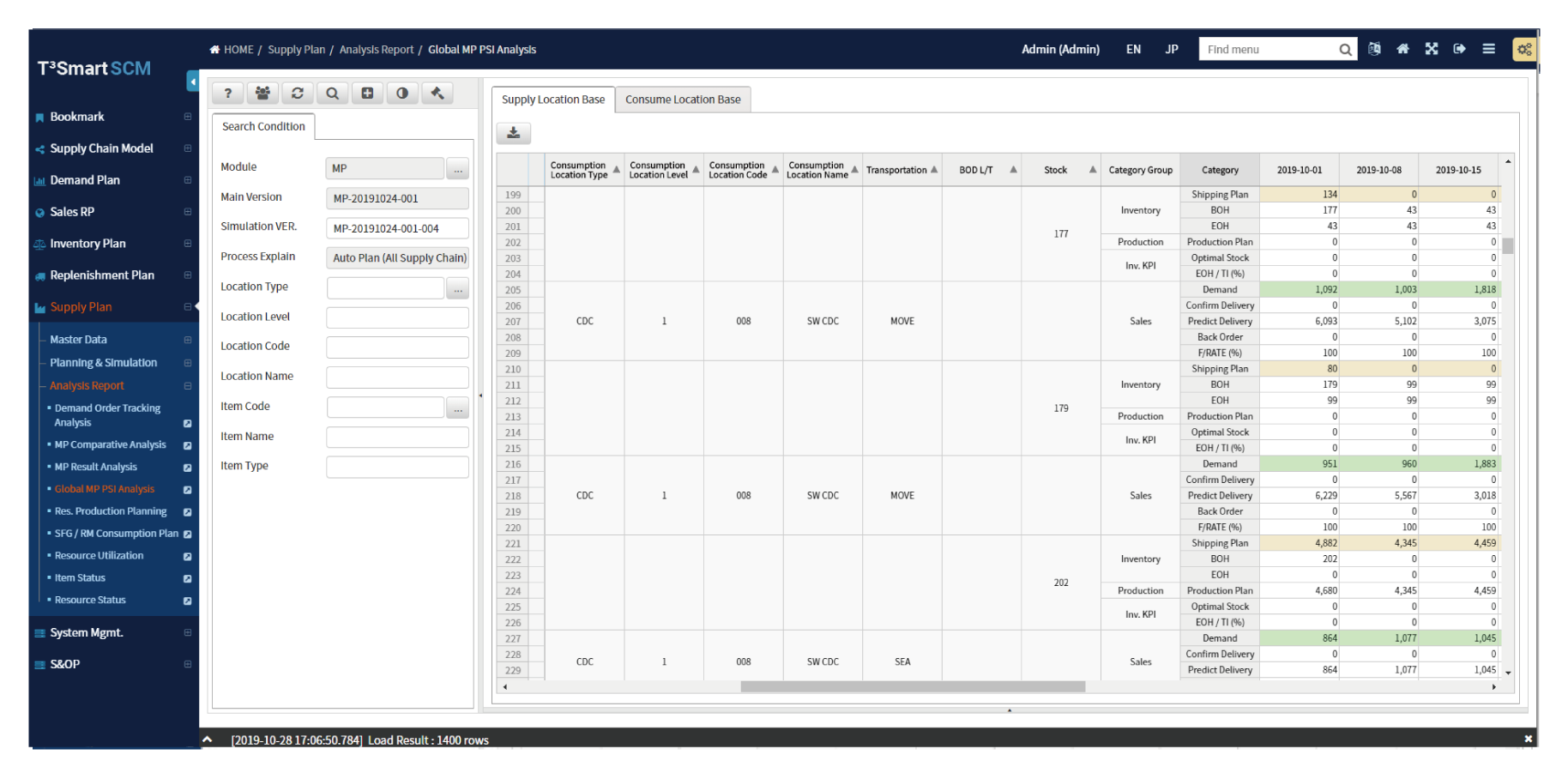Bio products are produced over an extended period, using limited equipment and resources. Once produced, these products have a limited shelf-life and must be sold within a specific period of time, otherwise, they will be discarded. This creates a significant risk of overproduction, resulting in significant financial losses for the company. Additionally, stock-outs of bio products not only have financial implications, but also have a direct impact on national security in certain situations, such as COVID-19.
To mitigate these risks, it is crucial to implement a comprehensive and strategic inventory management system that can simulate sales targets, inventory operations, and supply volumes on a weekly basis. This system should enable sales and marketing teams to formulate accurate sales plans and effectively manage inventory levels and availability.
In addition, it is important to thoroughly implement an inventory management plan for products that have been completed and to set up alerts to ensure they are sold within their expiration period. This can minimize waste and maximize the value of the company's resources. This will not only improve the company's bottom line but also help ensure that the bio products are available to those who need them.





